Optimal Timing for Waterproofing Applications
Waterproofing is a crucial process to protect structures from water intrusion, which can cause damage, mold growth, and structural deterioration. The effectiveness of waterproofing depends heavily on timing, weather conditions, and proper preparation. Implementing waterproofing measures at optimal times ensures durability and longevity of the protection.
Spring is ideal for waterproofing because temperatures are moderate, allowing materials to cure properly. Rainfall is typically less intense, reducing the risk of washout during application.
Summer offers warm, dry conditions that facilitate thorough application and curing of waterproofing products. It also allows for longer working hours and better surface preparation.
Early fall provides suitable weather before the onset of winter. This timing helps ensure waterproofing is effective before cold temperatures and snow arrive.
Winter and freezing temperatures are unsuitable for waterproofing because materials may not cure properly, and water can freeze, compromising the integrity of the application.

Ways to make Waterproofings work in tight or awkward layouts.
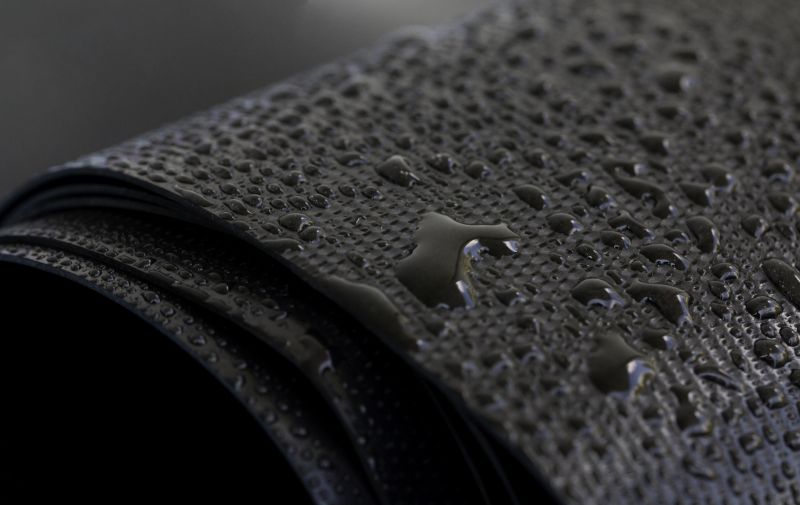
Popular materials for Waterproofings and why they hold up over time.
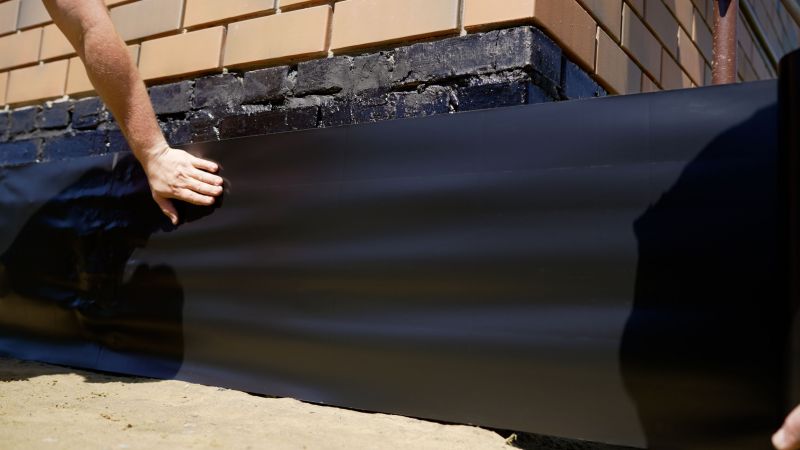
Simple add-ons that improve Waterproofings without blowing the budget.
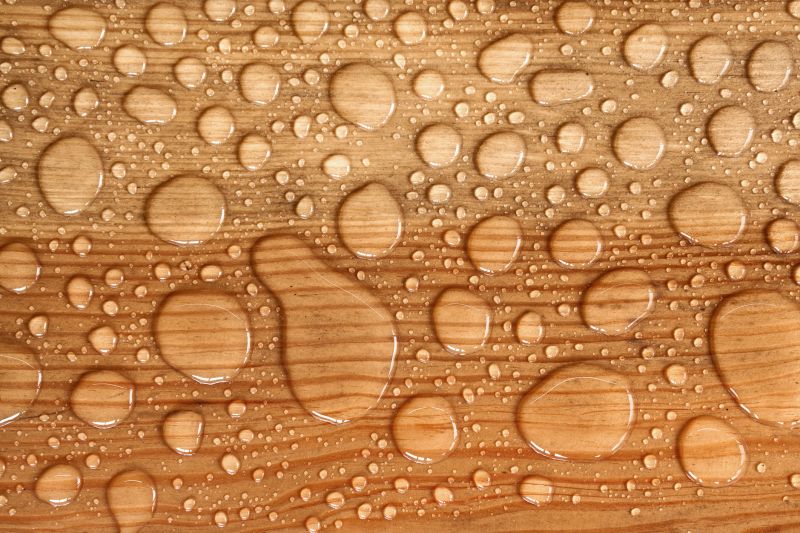
High-end options that actually feel worth it for Waterproofings.
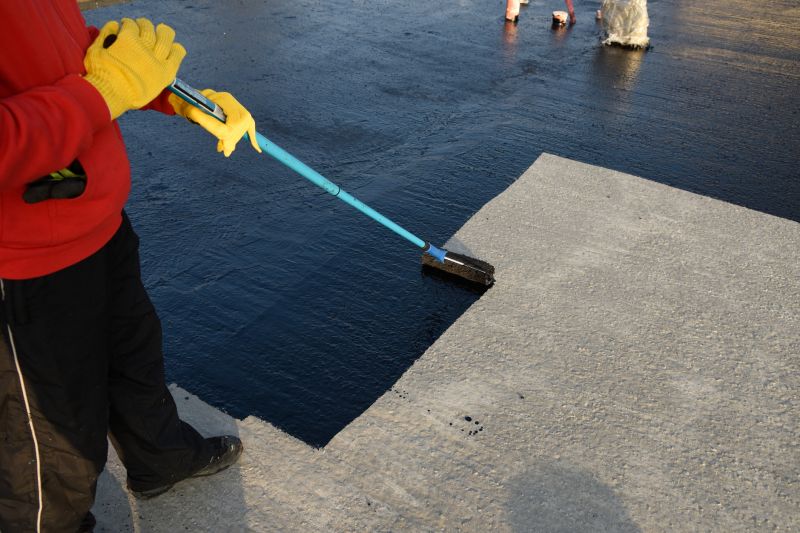
Finishes and colors that play nicely with Waterproofings.
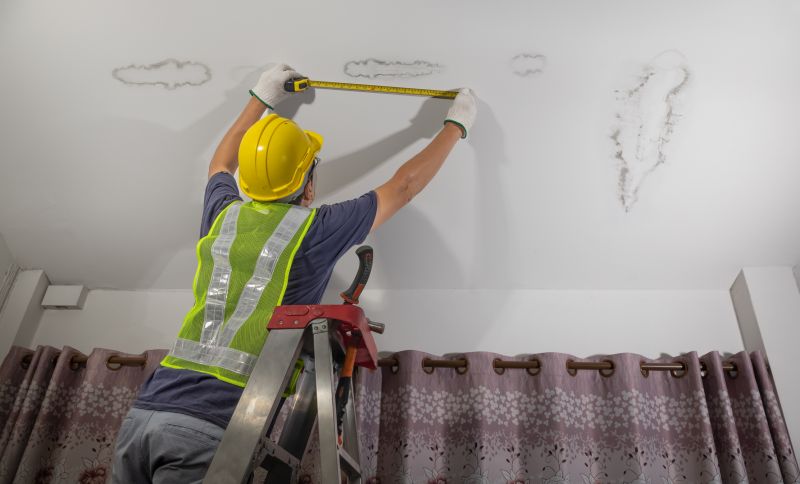
Little measurements that prevent headaches on Waterproofings day.
Waterproofings involve applying specialized materials to surfaces to prevent water penetration. These materials include membranes, sealants, coatings, and barriers designed to withstand various environmental conditions. Proper timing ensures these products perform optimally, providing long-lasting protection against water damage.

A 60-second routine that keeps Waterproofings looking new.

A frequent mistake in Waterproofings and how to dodge it.

Small tweaks to make Waterproofings safer and easier to use.
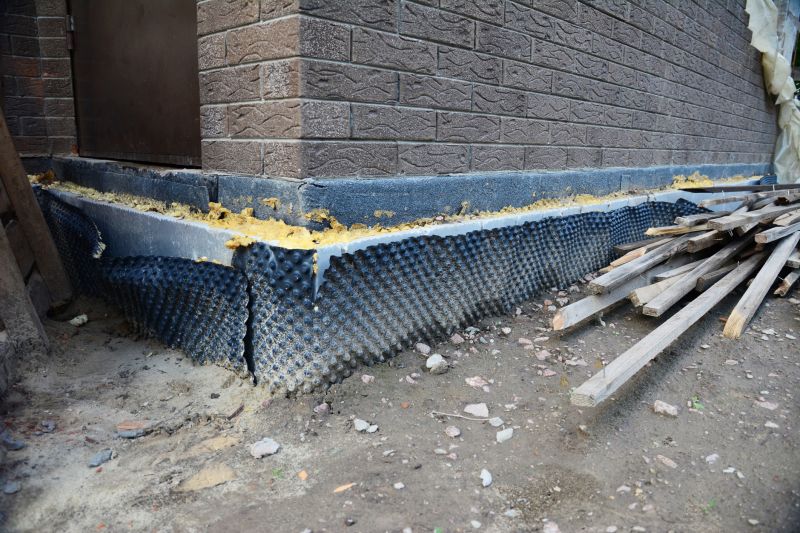
Lower-waste or water-saving choices for Waterproofings.
| Season | Optimal Conditions |
|---|---|
| Spring | Moderate temperatures, low rainfall |
| Summer | Warm, dry weather, good curing conditions |
| Early Fall | Before cold weather and snow |
| Winter | Not suitable due to freezing temperatures |
Choosing the right time for waterproofing enhances the durability and effectiveness of the application. Properly timed waterproofing can prevent costly repairs caused by water infiltration, mold growth, and structural weakening. Consulting with waterproofing professionals can help determine the best schedule based on local climate and project requirements.


